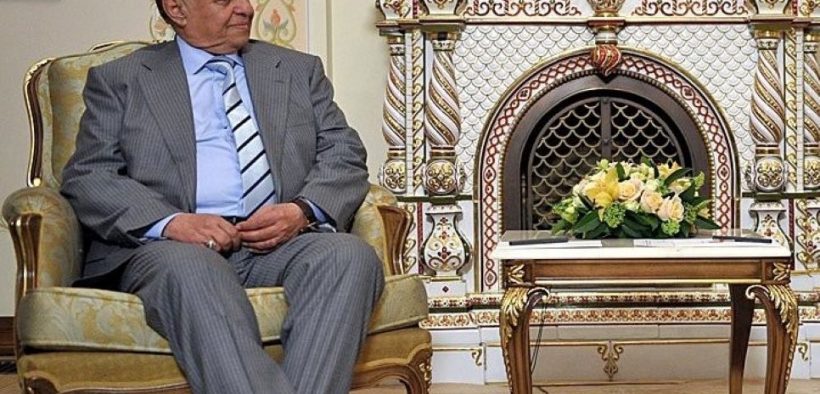Yemen Government Officials Survive Two Assassination Attempts

For the second time since Monday, an assassination attempt targeted Ministers in the official Yemen government.
A large explosion ripped through a convoy for Yemen Defense Minister Mohammad al-Maqdishi on Tuesday, which involved several ministerial buildings in the province of Marib. The complex is said to be an interim headquarters for the ministry of defense. Maqdishi was about to hold a meeting with top military officials when the explosion hit his convoy.
According to the Associated Press, anonymous Yemen officials reported the explosion killed two guards and wounded four others. The officials offered no further details since they were not authorized to speak to the press.
No group has claimed responsibility for the blast, and it was not clear whether it was caused by a device or a projectile fired from outside the complex.
Previous Blast Targets Yemen Ministers
On Monday media reports said that two other Yemeni ministers had also survived a blast in the Yemeni city of Shabwah. The targets were interior minister Ahmad al-Maisari, who is also deputy prime minister, and transport minister Saleh Al-Jabwani. They both survived the blast, caused by an explosive-laden car near their homes in the city of Ataq, which is the capital of the internationally backed government of Yemen President Abd Rabu Mansur Hadi.
No group has claimed responsibility for Monday’s blast either.
The two blasts targeting high-ranking Yemeni officials came shortly after Hadi’s government reached a deal with the UnitedArab Emirate-backed Southern Transitional Council (STC), a Yemeni separatist group.
The Saudi Arabia-brokered deal between the two sides states that the SCT will be incorporated into a new cabinet, led by Hadi. According to the agreement, the separatists would assume half the ministerial posts on condition they stop fighting in the areas of Aden, Abyan and Shabwah.
An integration of all STC forces into the defense ministry should be realized in a period of 60 days, the deal stipulated.
Over the past several weeks, Saudi Arabia, which mediated the deal, has been beefing up its military presence in southern Yemen after the United Arab Emirates withdrew forces from the oil-rich Aden.
In 2015 the UAE-backed STC took control of Aden, which was home to the government after the Iran-backed Houthi rebel group kicked Hadi out of the capital Sana’a in 2014.
Root Causes of Yemen War
Fighting in Yemen began in late 2014 when Houthi rebels took control of large parts of the country, including the capital Sana’a. Mass protests and the Houthi rebel group forced the internationally recognized government of President Abd Rabbuh Mansur Hadi from power in 2015. Since then, Hadi has resided in Riyadh, Saudi Arabia.
The civil war has its roots in the 2011 Arab Spring, which led to a 2011 Yemen uprising that eventually forced the end of the 32-year-long regime of Yemen’s late president, Ali Abdullah Saleh. The uprising grew into a military conflict in 2014 and has since caused the deaths of thousands of people and the displacement of hundreds of thousands more.
Since 2014 the separatist Houthis have engaged in a civil war with the government. In support of the government, Saudi Arabia has led an Arab military coalition which included the United Arab Emirates. The Houthis have constantly attacked Saudi Arabia. Most recently, the Houthis allegedly launched missiles and explosives-laden drones against the Saudi oil refinery, Aramco.
Saudi Arabia has yet to respond to a Houthi truce offer, providing that Saudi Arabia stops its military attacks on Yemen.













